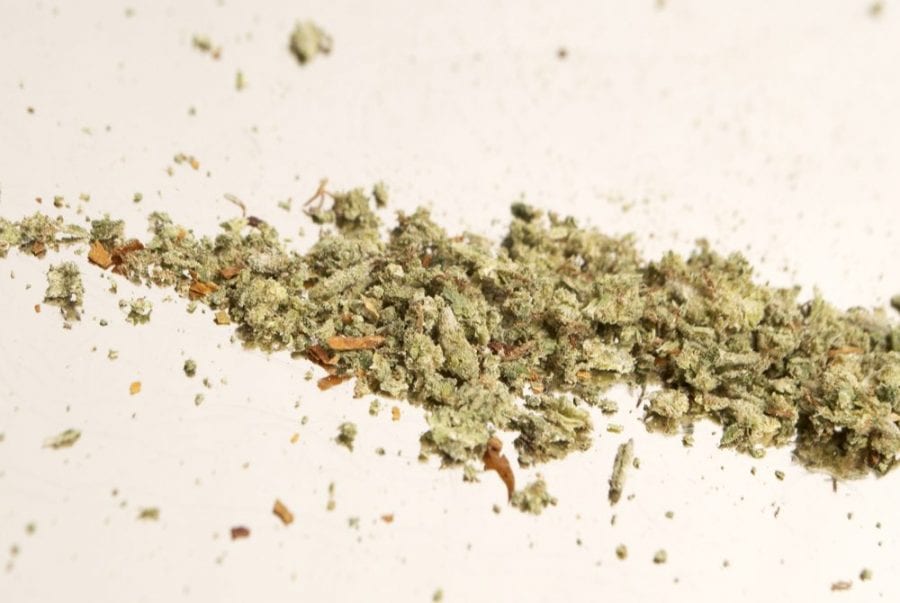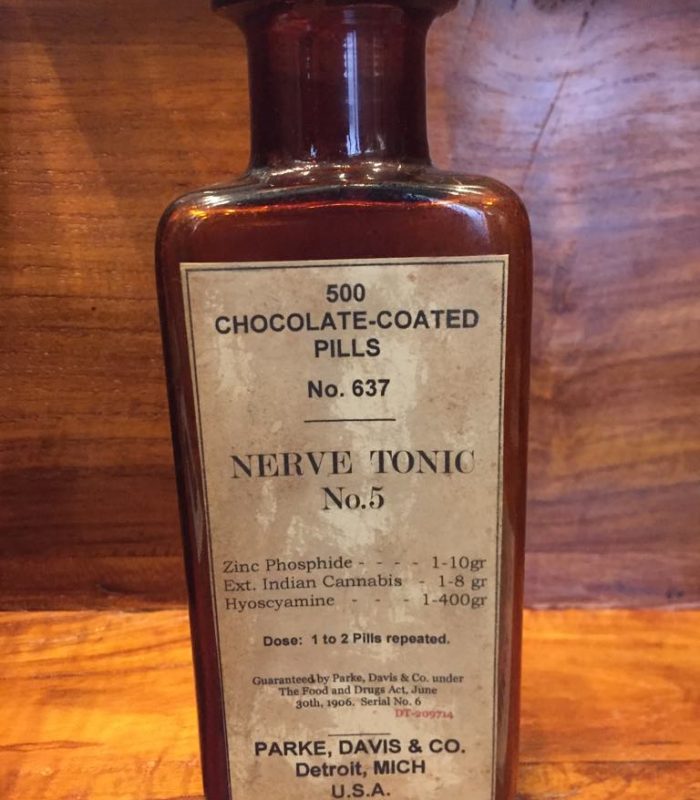If you came across a weed stash that was thousands of years old, would you light it up?
Cannabis is as ancient as the dinosaurs. It’s been used by different ethnicities around the world for thousands of years, playing different roles in different cultures. In Czechoslovakia, a hemp rope dating back to 26,900 BC was discovered a decade ago and was associated with the economic activities of the people at that place in that time. European farmers grew cannabis sativa for rope, canvas, and clothing. On the other hand, farmers in central Asia and Siberia grew cannabis ruderalis as cattle fodder. Ancient India and China used cannabis indica for medical purposes. But did ancient cultures use it recreationally? Researchers couldn’t be sure. However, a recent discovery in northern Asia has proven that indeed the oldies were getting stoned on cannabis, too.

Image credit: Weird Asia News; Yanghai Tomb
2700 Year Old Weed Stash Found in Yanghai Tombs
Researchers recently discovered a weed stash in the Yanghai tombs in northern China. A 2,700 year old grave of a light haired Caucasian male, probably in his forties, contained the preserved THC-rich ground bud. Researchers believe that the man must have been a Shaman from the ancient Gushi culture of the Turpan Basin.
Together with the cannabis were other paraphernalia that suggest his shamanic role. People often buried trade tools and religious artifacts with the dead in ancient cultures. These cultures believed that the dead would carry their treasures with them into the afterlife. The dry climatic conditions and alkaline soil play a key role in preserving these. For instance, the weed stash still appeared green, though it had lost the skunk like cannabis odor and taste.
Studying the Weed Stash
An international team of researchers have studied the 789g of cannabis cache and found that it contains tetrahydrocannabinol (THC), the psychoactive component found in cannabis that differentiates it from hemp. So this was likely recreational cannabis. Researchers have mainly excavated hemp-derived, CBD-dominant cannabis that could be used medicinally.
Were these ancients getting high on weed? According to the lead researcher Ethan Russo, this ancient bud is very similar to what’s around today. In the words of Russo: “We know from both the chemical analysis and genetics that it could produce THC (tetrahydrocannabinolic acid synthase, the main psychoactive chemical in the plant).”

The international team at the Chinese Academy of Sciences Institute of Botany studied the weed stash to determine its contents. They first thought that the ground up substance was coriander. Genetic testing revealed otherwise.
Understanding Cannabinoids
Cannabis contains over 100 identified cannabinoids, though tetrahydrocannabinol (THC) and cannabidiol (CBD) are the most abundant. The two compounds have the exact same number of molecules: 21 carbon atoms, 2 oxygen atoms and 30 hydrogen atoms. But the difference between the two comes from the difference in molecule arrangement.
Moreover, both compounds are similar to endocananbinoids produced in mammalian bodies. Consequently, cannabis’s cannabinoids interact with the endocanabinoid system in a similar fashion. But the unique arrangement of atoms in THC allow it to bind the CB1 receptor and cause the mind altering effects commonly associated with cannabis. CBD on the other hand does not bind to this receptor and cannot cause the typical cannabis high. In fact some studies have shown that CBD can inhibit the mind altering effect caused by THC.
Putting the Tomb (and its Weed Stash) on Exhibit
In this particular tomb, the cannabis obtained was purely female. This sheds light on the reason for cultivating the cannabis in the first place; these people wanted a harvest that was high in THC content. Given the amount of cannabis found in this one grave, it appears that psychoactive cannabis must have played a key role in the life and culture of the Shaman community.
The Turpan Museum in China holds the weed stash. Researchers hope for future excavations to dig up the remains.




Cannabis ForU
What would a “light haired Caucasian male” be doing in China 2700 years ago?
Jennifer Grant
The original meaning of the term included three races: Caucasoid Negroid, and Mongoloid) based on phenotypical traits (skeleton, skin tones, head size). In America, the term specifically refers to white skinned person of European descent. So, I’m guessing something is lost in translation and the term is being used for its original intent by the anthropology team that is not understood in the same way by the those receiving the information.
Know Itahl
Guessin that was the dude selling the weed to the Chinese and ended up getting taken out after he swallowed his stash
Detroit bud
Right
JARED M YOUNG
Tocharians were a once nomadic Caucasian race who settled in Central Asia, including Northwest China. There were no such thing as borders in those days and people moved around a lot.
JARED M YOUNG
Here’s a good video on the history of the region
https://youtu.be/xkVc_WX35eE
William Coates
They found evidence of a city with multiple races on the silk road. They came from all over Europe and the Mediterranean.
Gwyneed Stonewalker
Turpan not Tupman basin… Tupman basin is in Texas.
Jennifer Grant
Thanks for catching that, Gwyneed!
pe pepe
https://en.wikipedia.org/wiki/Czechoslovakia
” hemp rope dating back to 26,900 BC” the link shows nothing
Jennifer Grant
Thanks so much for letting us know. Fixed it!
Laz Downs
@Jennifer , agreed, caucasian in this instance could mean european in the western sense but most people dont realise that the indian population is also classified as cuacasian due to the fact that the bone structures and other underlying factors that a relative are pretty much identical to that of the “generic white caucasian”
JOn Kirk
History shows us that there was a flourishing trade between Europe and Asia for thousands of years, Google it and be amazed at what we don’t know or have not been taught about world history… Many Caucasian/Eurasian graves have been found in China.
Paul Paul
That does not appear to be the correct photo. This National Geographic article appears to be of the same story and has the correct photo.
https://news.nationalgeographic.com/2016/10/marijuana-cannabis-pot-weed-burial-shroud-china-ancient-discovery-scythians-turpan-archaeology-botany/